Jalapeños aren't naturally large, but they shouldn't be the size of cherry tomatoes! Some new gardeners complain that their first batch of home-grown jalapeños is far smaller than those found in the grocery store. If you're concerned your jalapeños aren't growing to their full potential, please keep reading our research on this topic.
There are many potential reasons jalapeños are too small, but here are the most common issues:
- Overwatering
- Not enough direct sunlight
- Mold or pest infestations
- Temperatures are too cold
- Overfertilizing
If you want to grow bigger jalapeños, you must know the conditions these peppers prefer. Please keep reading to figure out the best techniques to give your jalapeños a boost.
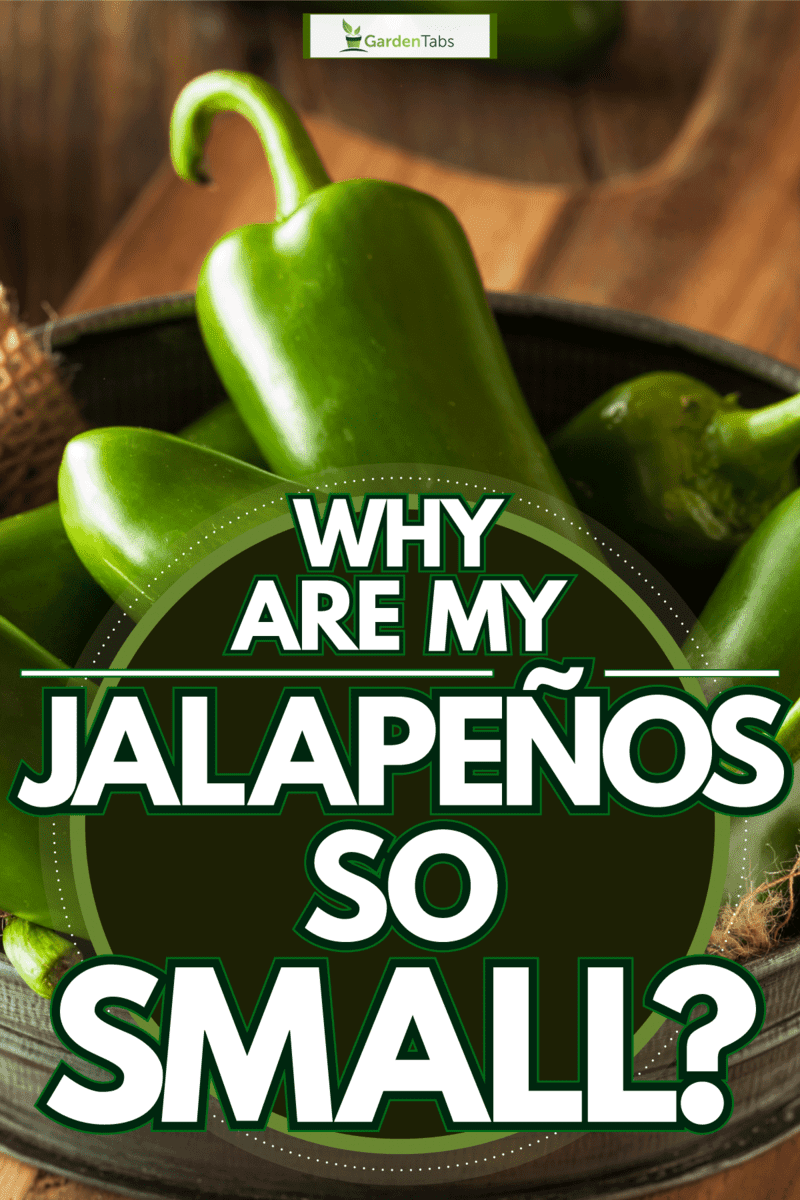
Why Are My Jalapeños So Small?
Most of the reasons jalapeños grow small are related to suboptimal environmental conditions. Remember that jalapeños love hot temperatures in the 70-85 degree range. Jalapeños also need direct access to the sun to grow big and strong.
Be sure to assess your area's average summertime climate and the space you want to grow your jalapeños in. You should only transplant jalapeño seedlings when the soil measures 65 degrees, and the last frost should be over. Your jalapeños should also have access to direct sunlight.
If you don't feel the sun or average temperatures are causing your jalapeños to grow small, you should evaluate your watering and feeding schedules. Often, people who overwater or overfeed their jalapeños experience stunted growth.
It's also possible pests, mold, or root rot could be holding your jalapeños back. Please be on the lookout for these issues and address them quickly with natural pesticides like neem oil.
To find out the most common mistakes when growing jalapeños, be sure to watch this video:
Does Sunlight Affect A Jalapeño's Size?
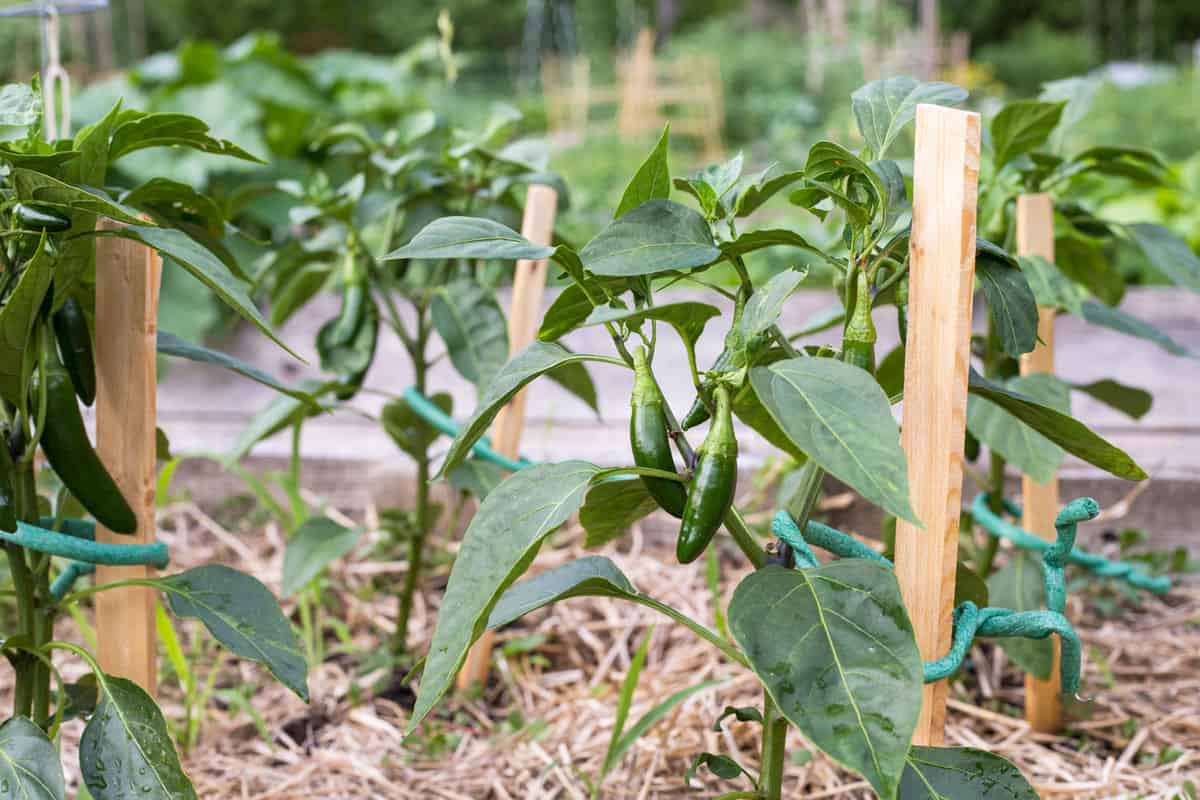
Sunlight is a central factor when growing jalapeños. You must give your jalapeños access to direct sunlight for at least eight hours per day for the best results.
Please avoid planting jalapeños in shaded areas if you want them to grow to their full size. You should also wait until the soil is warm (about 65 degrees) and there's no risk for frost.
It's worth stressing that jalapeños cannot survive frost. Even cool temperatures of around 40 degrees could cause serious problems.
Jalapeños perform well in a climate between 70-85 degrees with plenty of direct sunshine. For those growing jalapeños indoors, you must recreate this environment with grow lights or near a window.
By the way, you could find out how to grow jalapeños indoors in our post on the Best Vegetables To Grow In The Winter
Does Watering Affect A Jalapeño's Size?
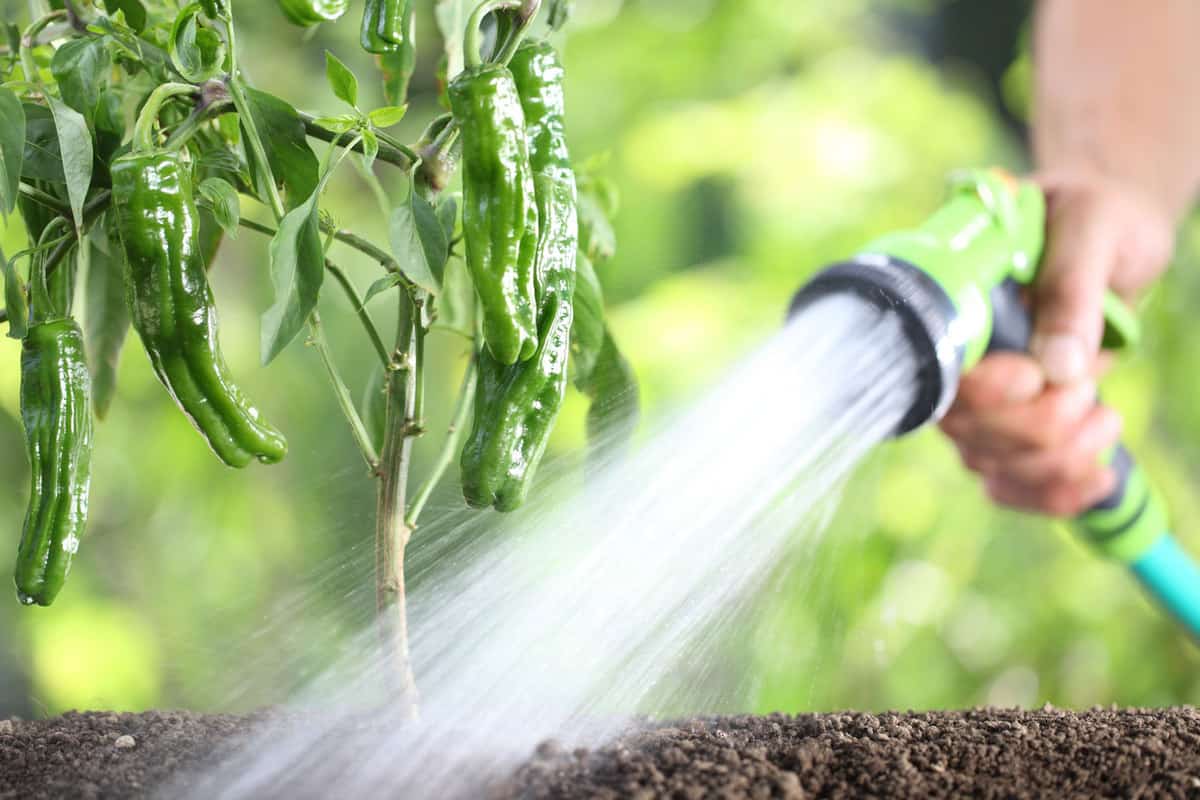
Your watering routine could also impact your jalapeño plant's development. It's common for gardeners to overwater their jalapeños, resulting in smaller peppers and wilted leaves.
Jalapeños like a consistent watering schedule of once about every two to three days. However, you should constantly monitor your soil's "dryness" to determine whether it's OK to give your plants extra water.
Gardeners recommend using a loamy, well-draining soil with organic matter and a top layer of compost or mulch. Some people also say it's good to water jalapeños early in the day to help the water drain and dry out efficiently.
You should never see a pool of water on your soil, but it should be slightly moist.
If you struggle with overwatering, you could consider using a drip watering system. You could watch this video to see a complete guide for growing jalapeños with a DIY drip system:
Can Pests Affect A Jalapeño's Size?
Jalapeño peppers aren't immune to pests. A few of the most common bugs that could attack these plants include the following:
- Aphids
- Pepper hornworms
- Flea beetles
- Cutworms
- Spider mites
When you discover any of these pests, you could prune away affected leaves and crush the larvae. You could also spray your plant to remove pests you can see.
Many gardeners strongly recommend spraying a mix of water and the natural pesticide neem oil.
Click here to see this neem oil on Amazon.
You could also research adding ladybugs to your garden to deter pests.
For more information on using neem oil in your garden, please read our post: Does Neem Oil Kill Leafminers?
How Do You Grow Bigger Jalapeños?

The "secret formula" to growing bigger jalapeños is to give this plant the hot and sunny conditions it loves. You must provide jalapeños with plenty of direct sunlight, warmth, and frequent waterings for the best results.
If you're having a problem with small jalapeños, chances are something is off with your gardening conditions. Be sure you examine the placement of your jalapeño plants, your area's average temperature, and your watering schedule.
You also have to monitor your jalapeño plant's soil. Generally, jalapeño plants will grow the biggest if they have loamy soil that's well draining and has a neutral pH. Some organic matter may also speed up growth.
For more tips on growing healthy jalapeño plants, please watch this YouTube video:
Can Fertilizer Help Improve A Jalapeño's Size?
Extra nutrients and fertilizer can help stimulate your jalapeño plant's growth, but you should be careful of overfeeding. Start your plant with a standard high-nitrogen mix to stimulate growth, and transition to a phosphorus and potassium mix during flowering.
Always cut your fertilizing schedule as autumn approaches. Also, monitor your soil's pH to ensure it's in the neutral zone. Jalapeños like a soil pH of about 6-6.5.
To help with water retention and soil stabilization, you could add some compost or mulch to the top layer of your soil.
Why Are My Small Jalapeños Turning Red?
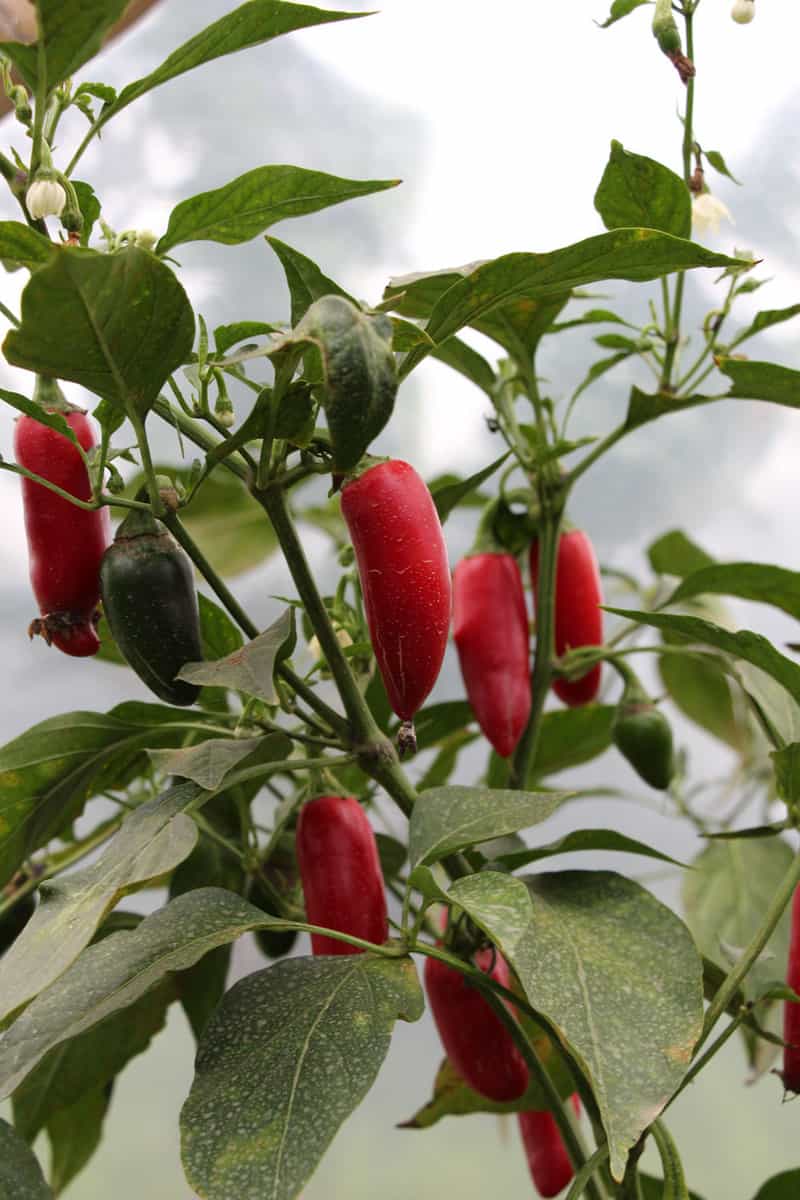
It's not common to see red jalapeños at the grocery store, but there's nothing wrong with these peppers. Like bell peppers, jalapeños go through a color transition of green to red.
Green jalapeños are picked earlier in the plant's growth phase. Conversely, red jalapeños are at the end stages of their ripening process.
Also like bell peppers, these different colored jalapeños have unique flavor profiles. The green jalapeño has a more grassy and spicy taste, while red jalapeños tend to have extra sweetness.
Are Smaller Jalapeños Spicier?

Some people believe smaller jalapeños have extra spice, but no data suggests this is the case. It's more likely the age and color of your jalapeño will have a bigger influence on its "spiciness."
Jalapeños that are green and young tend to be spicier than more mature red jalapeños. However, even the spiciest jalapeño doesn't rank high on the official Scoville Heat Index.
Typically, jalapeños will have a heat score of about 2,500 to 8,000 Scoville units. For comparison, cayenne pepper has 30,000 to 50,000 Scoville units, and a standard habanero has over 100,000 Scoville units.
FYI: Pepper plants can cross-pollinate. So, if your jalapeños are near banana peppers, the latter could add extra spiciness to your jalapeños. Please keep this feature in mind when spacing your pepper garden.
Are Small Jalapeños Safe To Eat?
As long as you don't see any mold, discoloration, or pest invasions, it's safe to eat small jalapeños.
What's The Average Size For A Jalapeño?
Most jalapeño peppers measure about 2-3 inches.
How Long Should It Take For Jalapeños To Reach Their Full Size?
From seed to final harvesting, your jalapeño plants should reach maturity after about 80-100 days.
To get a sense of how the jalapeño plant matures, you could watch this quick timelapse video:
How Big Should Jalapeños Be Before Harvest?
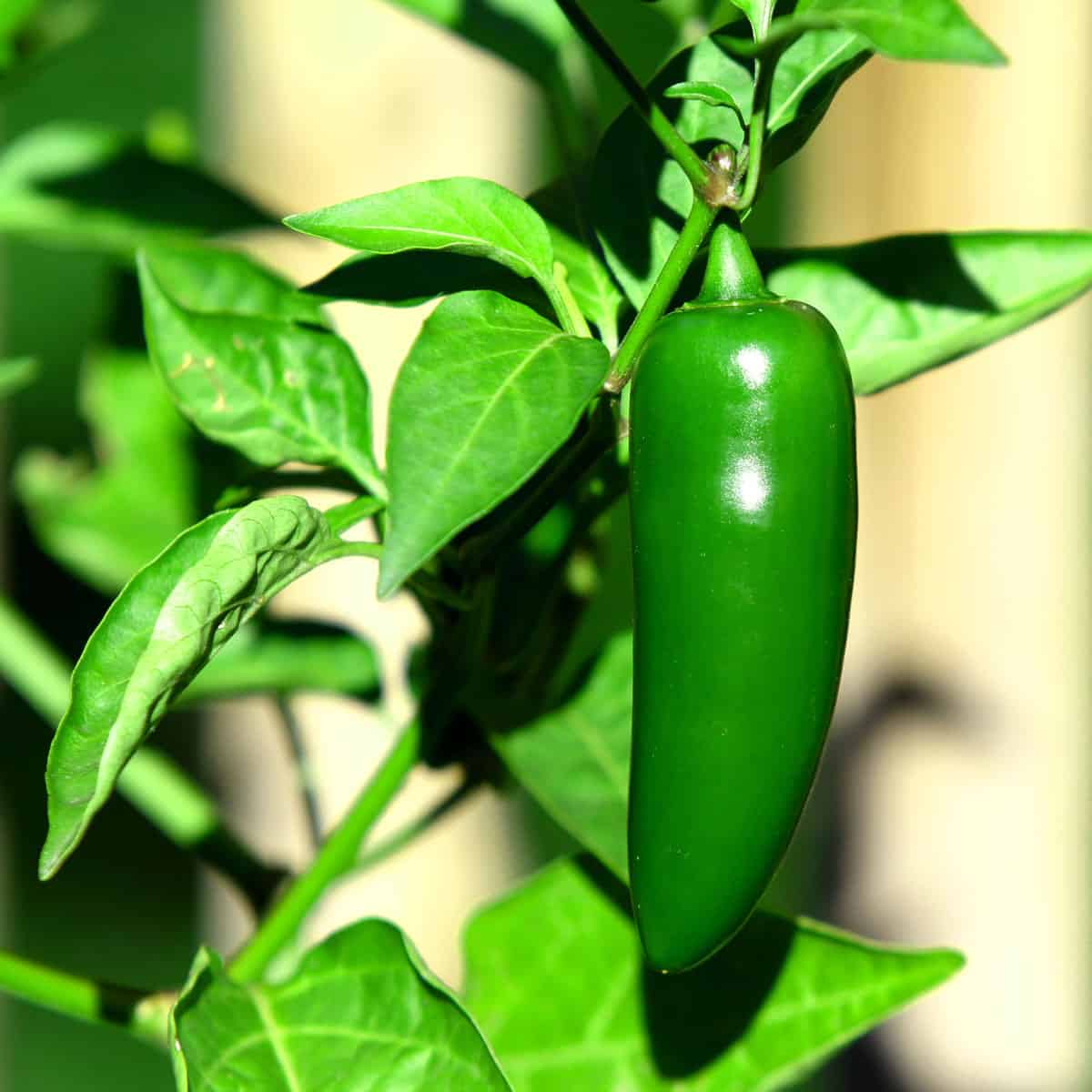
There's no set size your jalapeños have to be to harvest them. While most jalapeños measure about 2-3 inches, not all gardeners use length to determine when to pick their jalapeños.
Remember that jalapeños change color as they mature. This change in color signals a change in the flavor of your jalapeño. So, if you want a sweeter experience, you may want to wait until you see red.
Some pepper gardeners also look for marks on their jalapeño peppers called "corking." These "stretch marks" on the skin may look concerning, but it's harmless.
A few gardeners swear that jalapeños with extra "corking" marks have a more intense flavor. However, it's OK to harvest your jalapeños whenever you feel most comfortable.
Use The Sun To "Supersize" Your Jalapeños!
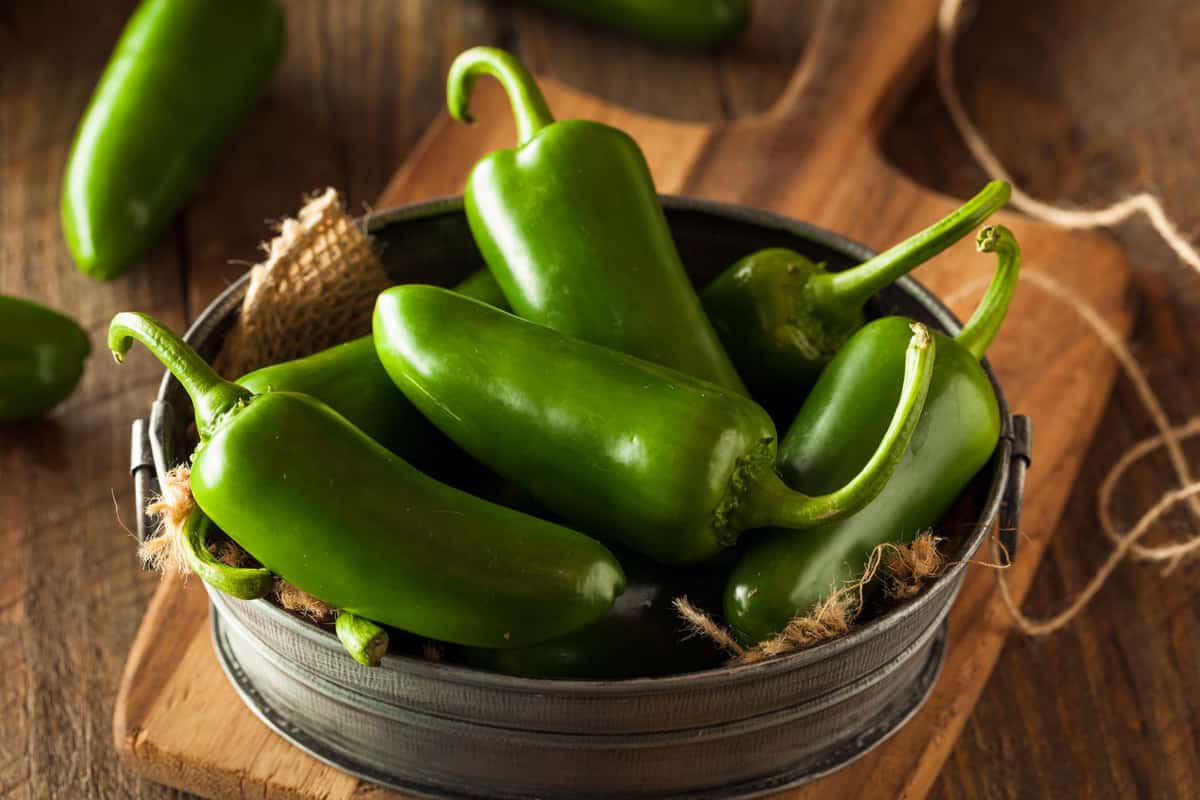
Jalapeños aren't too temperamental if you give them plenty of sun, warmth, and water. So, if your jalapeños seem to be extra small, there's likely something off in your environment or soil.
It's best to review your current cultivation plan to determine what's causing stunted growth. Please make sure your jalapeños have access to eight hours of direct sunlight per day, loamy soil, and regular watering.
If you keep these tips in mind, you should notice an improvement in the size of your jalapeño peppers.


Even if your jalapeño plant is near another pepper plant, this will NOT effect the fruit on your jalapeño plant. Only of you save them for seeds will this potentially become a concern